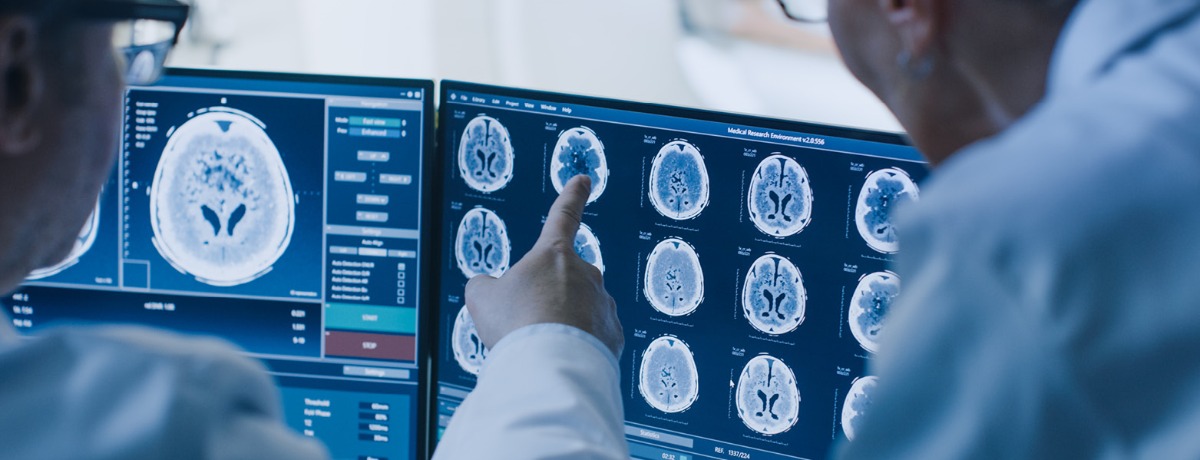Under both the old and new legislation, an Applicant will meet the legal definition of catastrophic impairment pursuant to the SABS if it is determined that he/she has suffered a combination of physical and psychological impairments that amount to a whole person impairment (WPI) in excess of 55%.
The AMA Guides provide direction when assigning impairment ratings to calculate a WPI. When combining physical and psychological impairment ratings for brain injury, the relevant chapters are Chapter 4 (nervous system) and Chapter 14 (mental and behavioral disorders).
The Overlap of Psychological and Physical Injuries in Brain Injury
The inherent difficulty with brain injury is the interplay between the physical and psychological components of the injury. To simplify, it is clinically indistinguishable to determine whether an applicant's brain injury causes depression or whether the depression results from other symptoms of brain injury such as sleep deprivation or headaches.
In the 2014 decision Moser and Guarantee, the Arbitrator commented on the overlapping analysis of determining impairment ratings:
In Chapter 4, the evaluator assesses activities of daily living, daily social, and daily interpersonal functioning. In Chapter 14, the evaluator assesses activities of daily living, social functioning, concentration, persistence and pace, and adaptation (at page 320). The wording, descriptors, and text anchors suggest that the assessment of Chapter 14 is indeed wider than that of Chapter 4.
In Moser, the arbitrator subtracted 2% of the Applicant's cognitive impairment due to closed head injury and then combined the remainder with the WPI based on the applicant' s mental and behavioral disorders.
This type of apportionment of brain injury impairment has not been followed by LAT decision makers or the divisional court in subsequent decisions.
In fact, the case law has explicitly allowed for separate impairment ratings under chapters 4 and 14 where an injured individual suffers both a physical brain injury and a separate psychological impairment resulting in mental and behavioral issues. In the 2016 LAT decision of 16-00013 and Peel, the Arbitrator did not reduce WPI ratings because of any possible overlap:
I acknowledge that it can be difficult to tease out psychological causes from neurological ones when assessing a mental status impairment. The overlap between Chapters 4 and 14 raises the possibility of double counting,and therefore, overestimating the impact of an impairment. However, in this case I find the specific diagnosis of Cognitive Disorder as well as distinct psychological disorders supports a conclusion that the applicant's mental impairments should be accounted for and rated under both chapters, as long as the ratings are apportioned between the two chapters. In this case, I find not including the 8% mental status impairment under Chapter 4, as Dr. Valentin has done, amounts to ignoring — and underestimating - the contribution of the concussion to her mental status impairment.
The Peel decision is authority that the difficulty separating the effects of brain injury from those emanating from mental or behavioral disorders should not be construed as double counting.
The decision of Allen and Security National further clarified the question of double counting in a case where an injured individual suffers both a physical brain injury and a separate psychological impairment.
In Delegate Blackman's decision, upheld by the Ontario Divisional Court, the following was stated with respect to the question of double counting:
A significant issue in this catastrophic impairment appeal concerns an insured person injured in a motor vehicle accident who suffers both a physical brain injury and a separate psychological mental and behavioral disorder. If both the organic brain injury and the psychological disorder separately result in emotional or behavioral impairments, are both the physical brain injury and the psychological disorder each to be rated for such impairments and then combined as provided for in the American Medical Association's Guides to the Evaluation of Permanent Impairment, 4th edition, 1993 (the "Guides")?
My answer is yes.
Allen, therefore, stands for the principle that where there is both a psychological disorder and a brain injury, those issues are to be separately rated and combined for the purpose of determining WPI.
Chapter 14 Impairments Should not be Apportioned
While the Divisional Court has provided some clarity with respect to combining chapter 4 and 14 impairment ratings, the issue of apportionment remains live. Particularly, when an applicant is provided impairment ratings in Chapter 4 Table 3, Chapter 4 Table 2 and Chapter 14.
However, an analysis of the Pastore decision stands for the proposition that Chapter 14 impairments should not be apportioned:
In Pastore, the mental or behavioral disorder in question was a pain disorder associated with both psychological factors and a general medical condition. In that case, I was not persuaded, regarding a "mental or behavioral disorder," that it was necessary to tweeze out of the mental or behavioral disorder those parts that were purely psychological from those that were not, when the pain disorder encompassed both.
Brain injury cases are analogous to pain disorder cases in that there are overlapping mental/behavioral and neurological causes to impairment. Thus, following Pastore and Allen, to the extent that there is overlap between traumatic brain injury and a psychological disorder, there should be no requirement to distinguish them in Chapter 14. Doing so would be to underestimate the extent of an Applicant's impairments from traumatic brain injury.
Pastore confirmed that the very definition of "catastrophic impairment' was intended by the legislature to be "inclusive and not restrictive. "Given the first-party contract and associated duty to adjudicate an Applicant's claim in good faith, it is incumbent on insurers to assess impairment ratings fairly.
Counsel for an Applicant must advocate for fairness and proportionality when asking Arbitrators to determine impairment ratings for brain-injured applicants with overlapping psychological and physical impairments.































